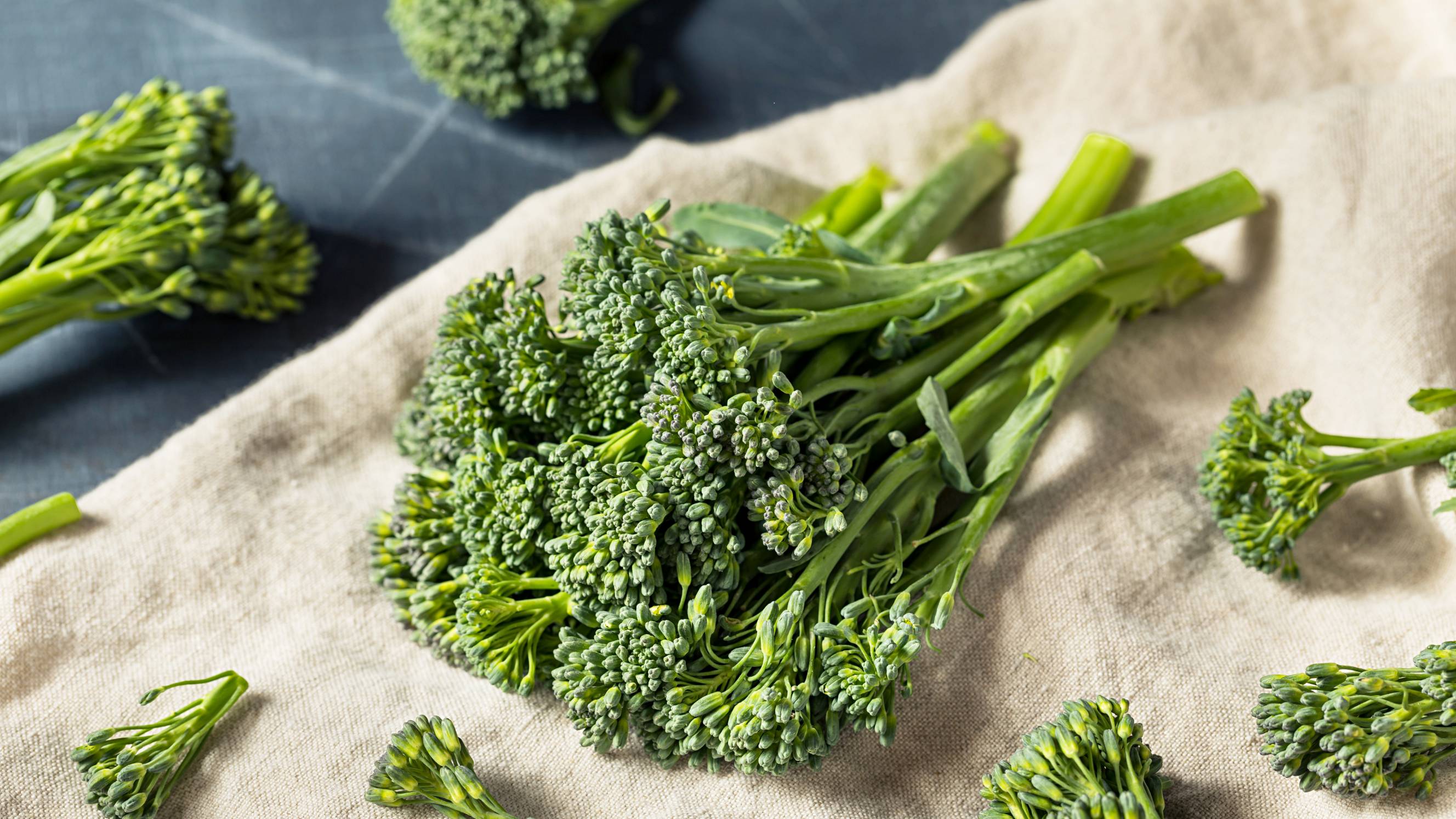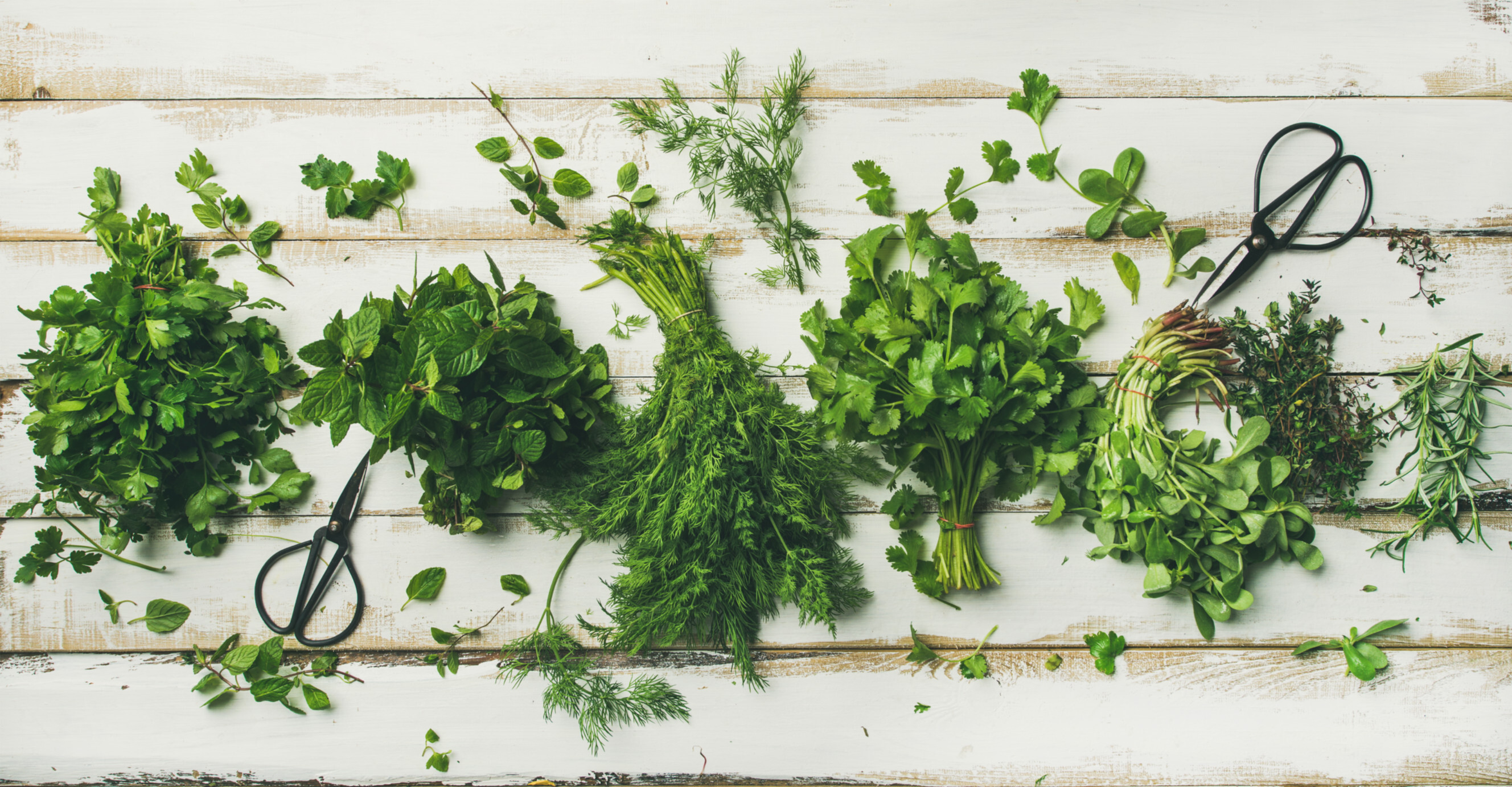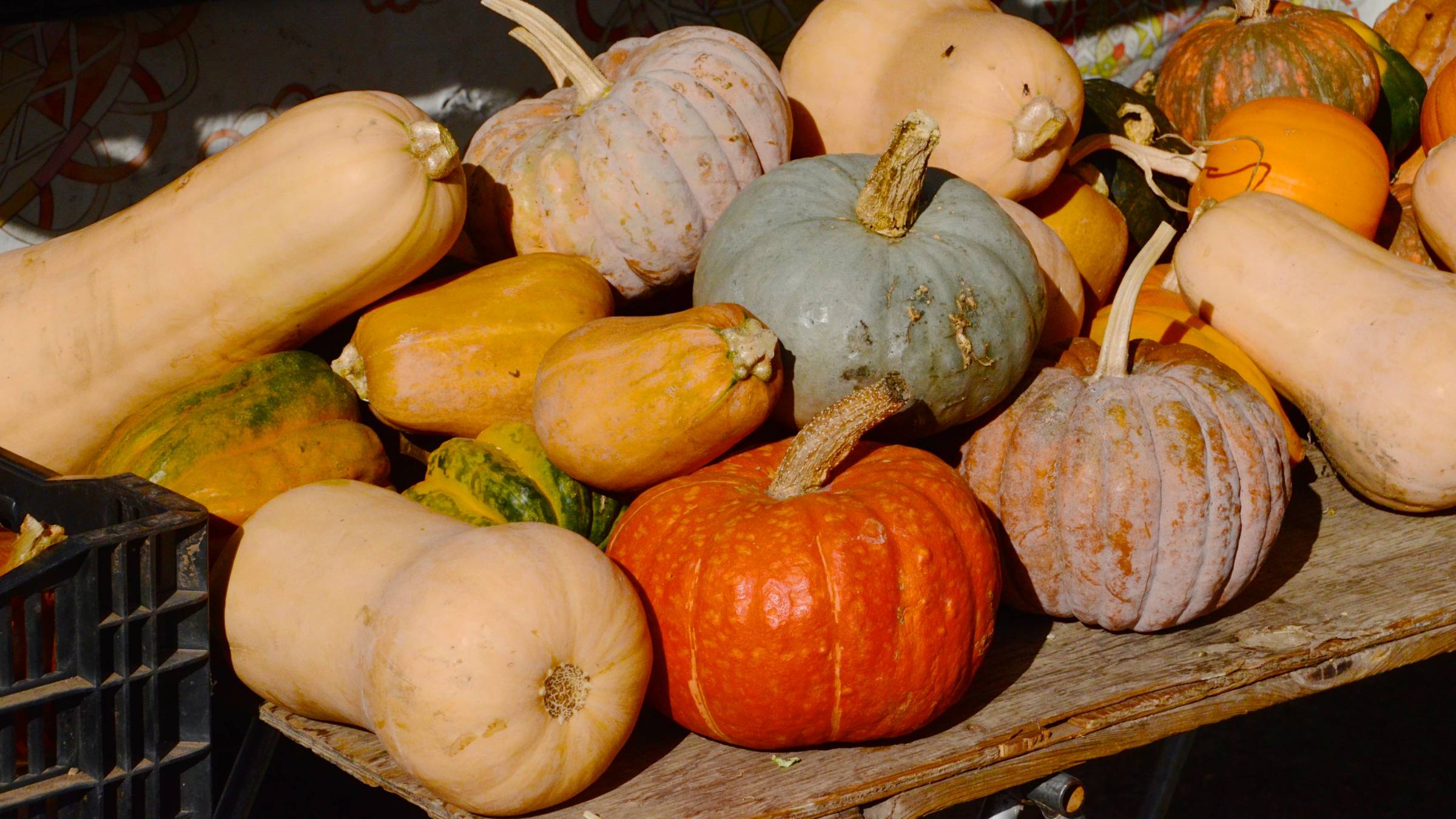- Home/
- Comparisons/
- Fresh Food Delivery/
- Ube vs Taro
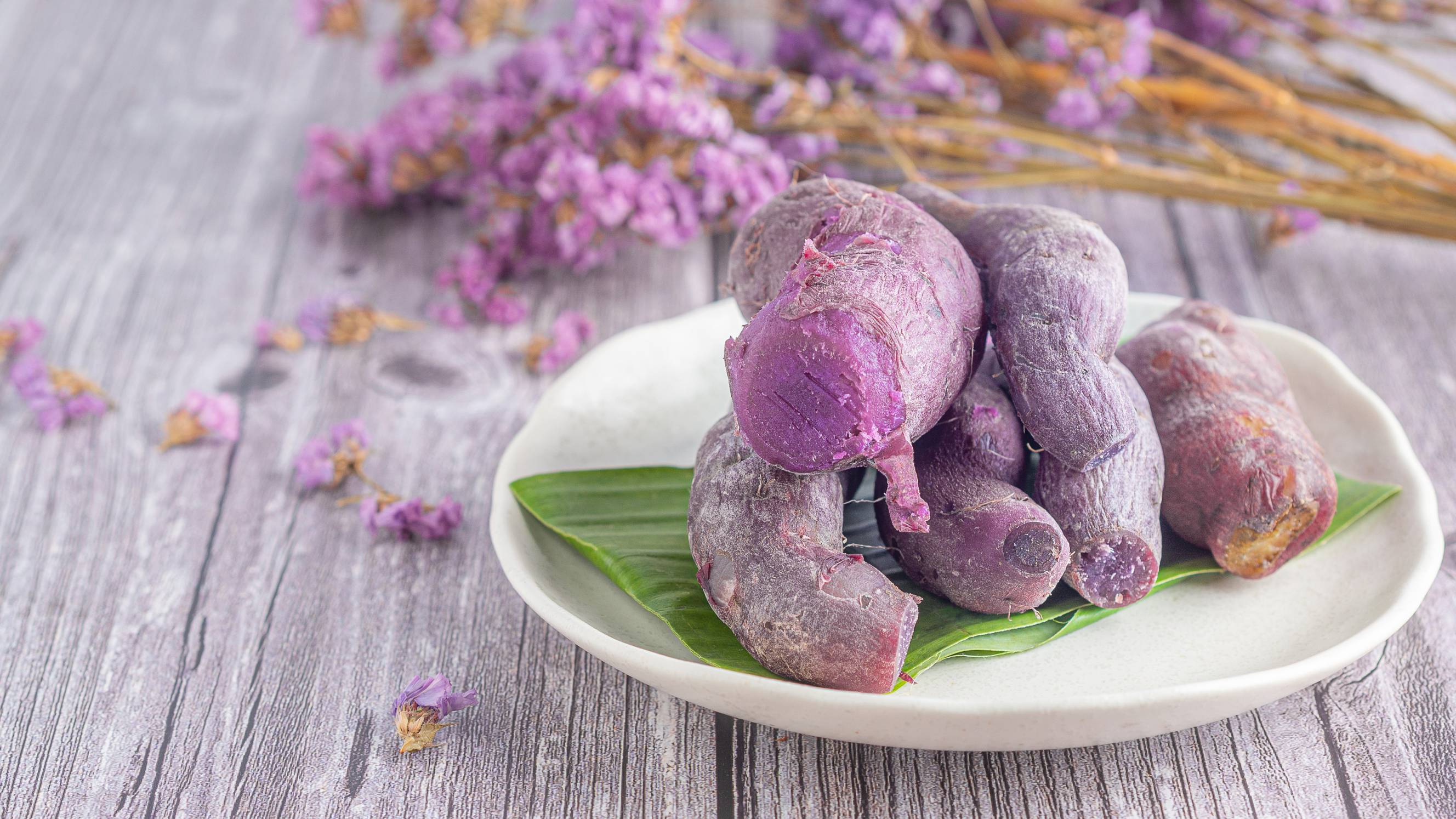
Ube vs taro: Which should you get?
Comparing ube and taro based on cooking time, taste, and more
Have fresh produce deliveredPublished on
Key Facts
- Ube is a root vegetable that originated in the Philippines. It is characterised by its brown or purple skin, purple flesh, sweet taste, and starchy and smooth texture.
- Taro is an herbaceous plant that is also native to Southeast Asia. This sweet and nutty plant has a brown exterior, and its flesh ranges from light purple and cream to red and yellow.
Is taro ube? You may have wondered this after encountering these plants for the first time. This is because taro and ube are not used as much in British cooking, even though they are common in Southeast Asian cuisine.
People who want to learn more about these starchy root veggies might not find it easy to tell the difference between ube vs taro. So, let us look at the main uses and benefits of each ingredient.
What is ube?
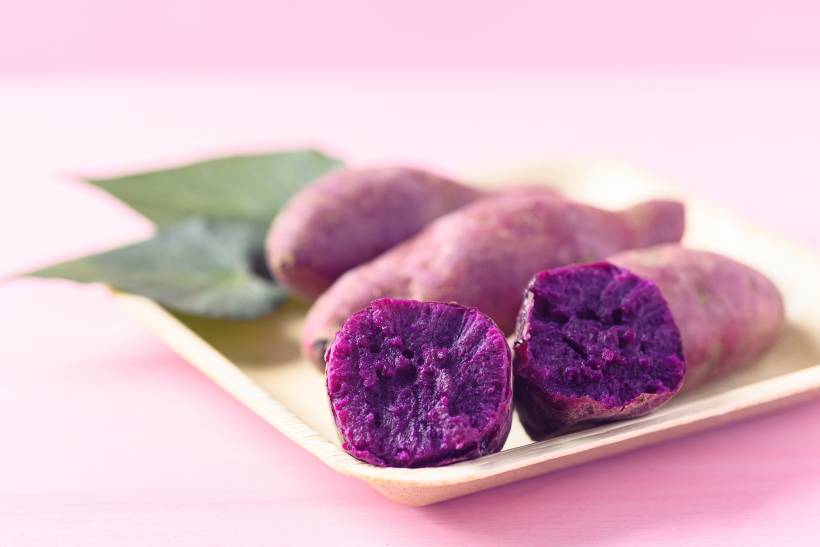
Ube, or Dioscorea alata, is the Tagalog word for a root vegetable or tuber originally found in the Philippines and other places in Southeast Asia. Pronounced oo-beh, this starchy plant is related to various types of purple yams, such as the Okinawa sweet potato.
One of its prominent traits is its vibrantly purple flesh and skin, although some varieties have more muted tones. This type of yam, often confused with the purple sweet potato, has been extensively used by Filipinos as an ingredient in desserts and entrees for decades.
What is taro?
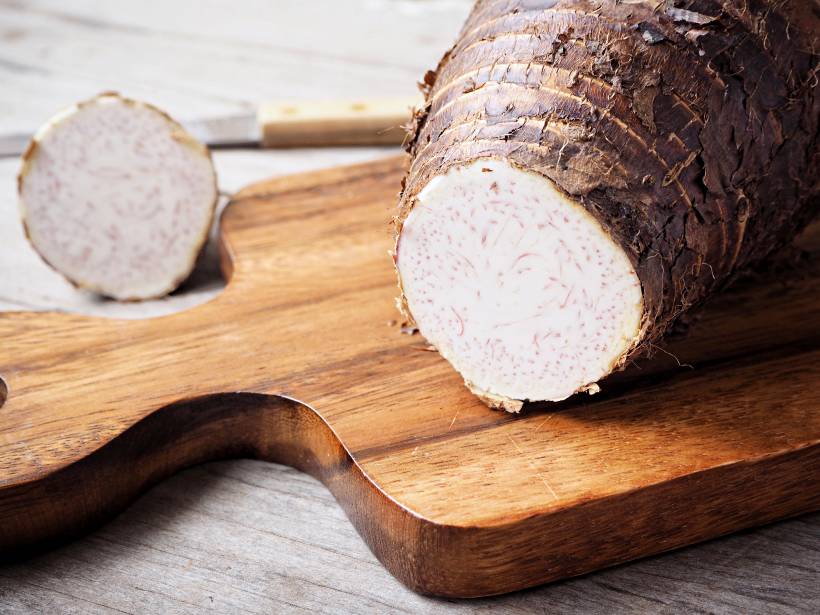
Taro, or Colocasia esculenta, is also believed to have come from Southeast Asia. The tropical taro plant has a corm that is harvested and used as a component in different types of sweet and savoury dishes.
Also called taro root, it can be identified by its rough brown skin and white flesh with light purple specks. Some varieties of taro have corms in shades of green, yellow, and red.
Taro vs ube: Which is better for your needs?
In this section, learn some ways to differentiate taro from ube.
In terms of cost

In the UK, the price of taro usually falls between £2 and £4 per half a kilogramme. Meanwhile, the cost of ube can be higher, at around £5.50 for the same weight. The reason for this is that the purple root vegetable is not as available across the country compared to taro and may have to be imported to become accessible in the local market.
In terms of cooking time
There is no significant difference with regards to the length of time it takes purple yam vs taro to prep and cook. Both would require a few minutes of peeling and slicing and then 10 to 15 minutes of boiling or steaming to become tender. But depending on how complicated the recipe you chose is, meal prep and cooking time may be considerably longer, whether you’re dealing with taro or ube.
In terms of taste
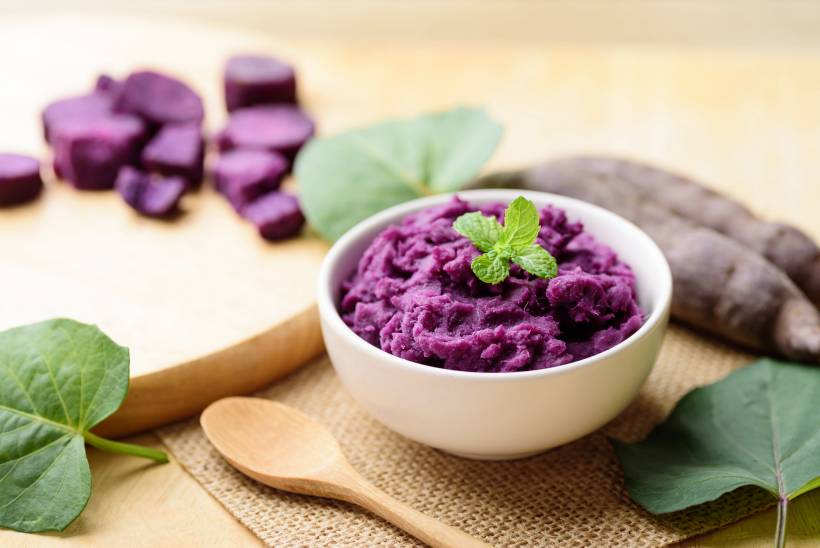
What does ube taste like? The ube taste is characterised by sweetness and nuttiness, with a flavour profile reminiscent of vanilla and white chocolate. Taro is also sweet and nutty, but less so. Moreover, it is starchier than ube and tastes like sweet potato when cooked.
In terms of nutritional value
In addition to taro vs ube flavour, nutritional value is a factor to consider when choosing between the two. Both can help regulate one’s blood sugar due to their low glycemic index. They can also reduce blood pressure and promote gut health.
However, ube is a better source of vitamin C and iron, although it has more calories. Meanwhile, taro contains more zinc and fat.
In terms of versatility
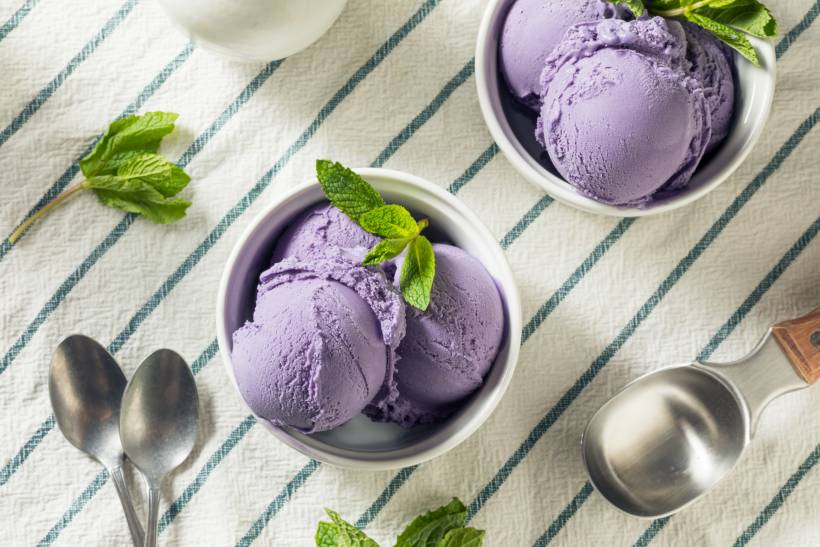
There are differences in ube vs taro taste, among other factors. However, both are almost on the same level when it comes to versatility as a food ingredient, with the latter just slightly more so.
Ube is mostly used in sweet dishes. These can range from Filipino desserts (such as ube ice cream and ube halaya or purple yam jam) to baked goods (like ube-cheese pandesal and ube-flavoured piaya). Ube can also be the star of shepherd’s pie and confections like scones.
Meanwhile, taro can be applied to both savoury and sweet recipes, including desserts, soups, entrees, and bread. It can even be made into crisps and chips. But perhaps one of its most popular uses is as a major component in bubble tea.
In terms of availability
Ube has been gaining popularity in the UK in recent years. However, it’s still not that easy to find in local groceries and markets. If one wants to try this purple yam, buying online or visiting Filipino and East Asian supermarkets might be the best way to do so. On the other hand, taro is more available because it is grown locally.
In terms of growth difficulty

Both ube and taro can be purchased for you to grow and harvest. They are not very high-maintenance—they usually just need sunlight and lots of water. However, they are more ideal in hot weather than the UK’s temperate climate. After planting them during springtime, expect a harvest date within at least nine months.
Enjoy vegetable delivery services with Airtasker
If you want to try ube or taro but cannot find them, you can ask for assistance from Airtasker’s vegetable delivery service providers. They can also buy various fruits, organic food, and other fresh produce for you and deliver them to your home.
To start the process, post a task on the Airtasker website and add relevant information apart from your grocery list, including your address and budget.
Ube vs taro
| Ube | Taro | |
|
Cost |
Slightly more expensive |
More affordable by a few dollars |
|
Cooking Time |
Around 10 to 15 minutes |
Also 10 to 15 minutes |
|
Taste |
Sweeter and nuttier, a bit similar to white chocolate and vanilla |
Less sweet and nutty, starchier, similar to sweet potato |
|
Nutritional Value |
Higher vitamin C, iron, and calorie content |
Better source of zinc and fat |
|
Versatility |
Versatile but more utilised in sweet dishes |
More versatile, typically used in both sweet and savoury recipes |
|
Availability |
Can be difficult to find |
More accessible |
|
Growth Difficulty |
Takes at least nine months to mature |
Takes the same amount of time for harvesting |
FAQs on ube and taro
It depends. Generally, they are not interchangeable because their tastes have distinct qualities. Nevertheless, there are recipes where using either works just fine. For instance, you can use both as ingredients in bubble tea and cookies.
Both ube and taro are vegan and gluten-free. However, it’s better to double-check the label if you’re purchasing preserved vegetables since they might have been processed with animal-derived substances.
You can eat ube raw after it has been washed and cleaned. However, taro contains calcium oxalate, which makes it toxic when not cooked.
Find fresh food delivery, fast
Post a task
Related articles

